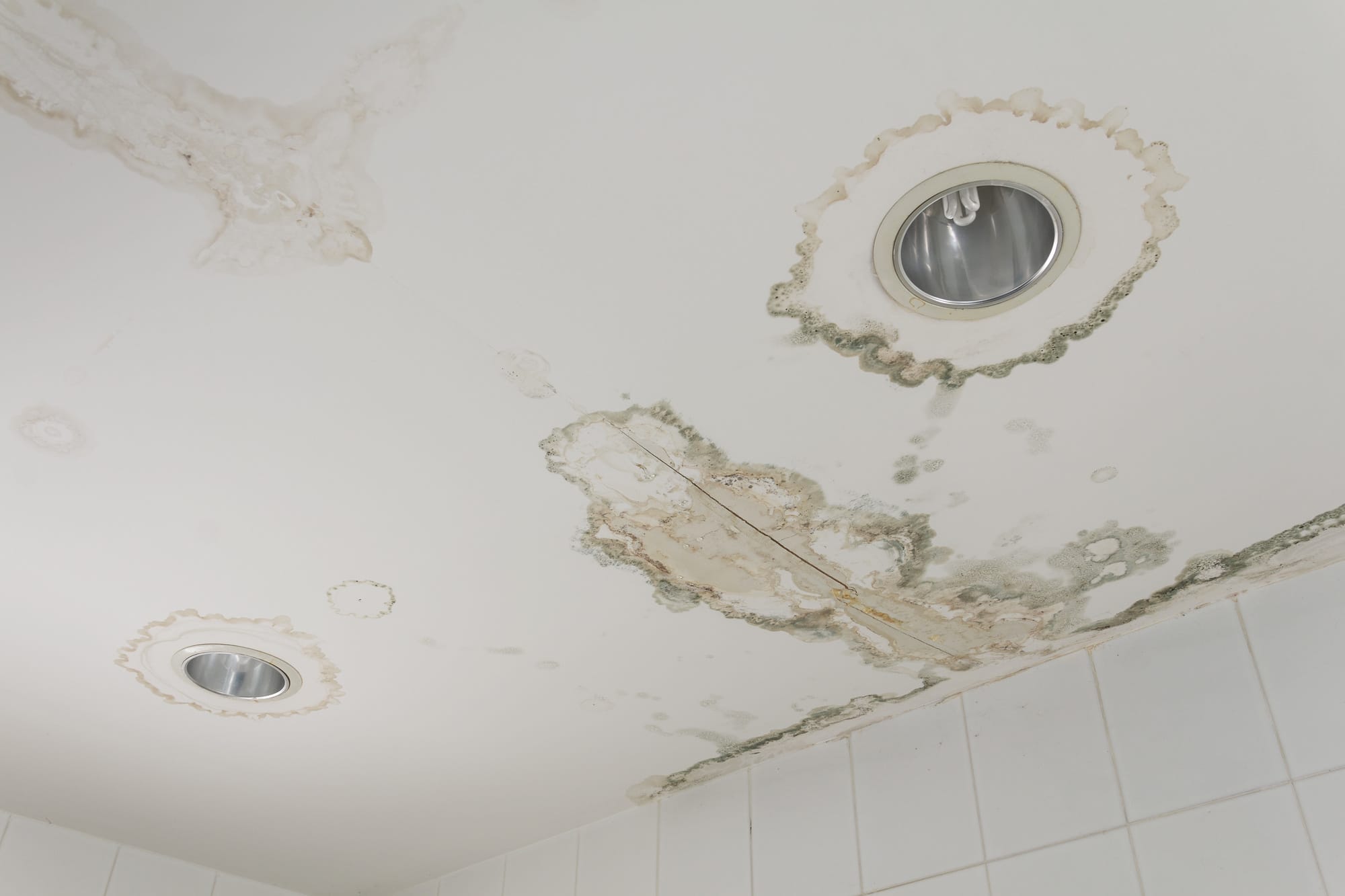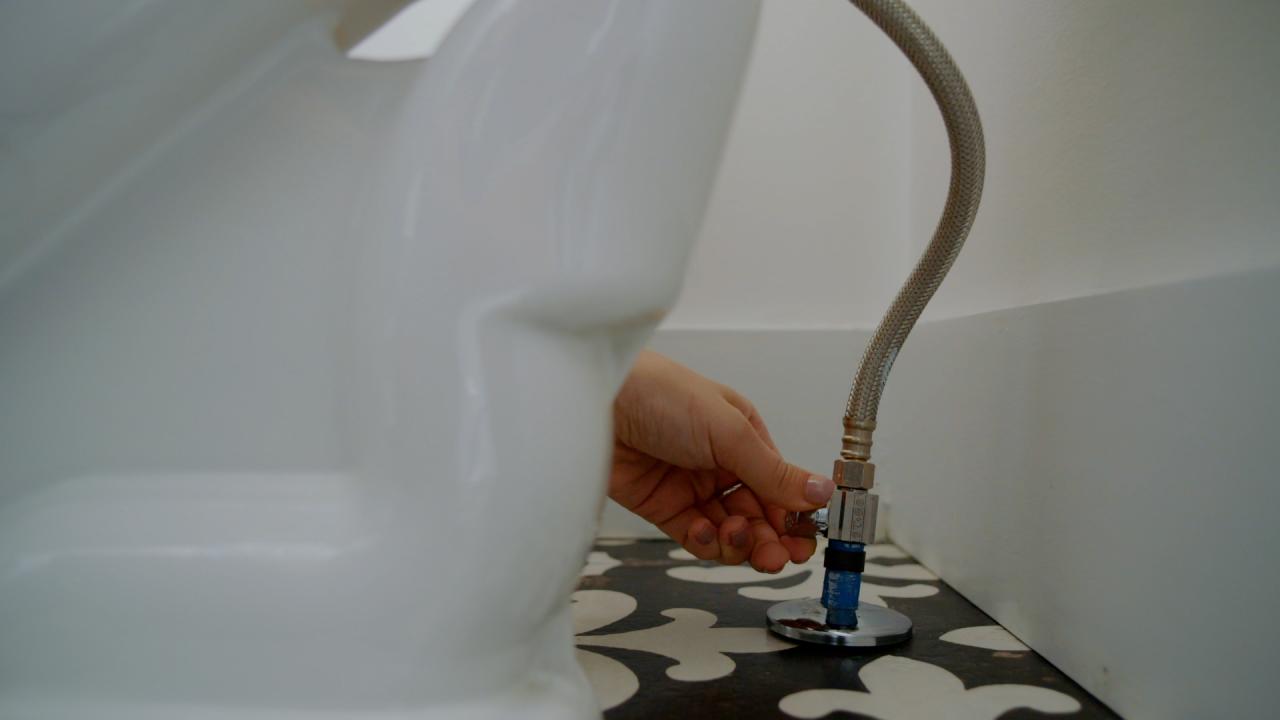Detecting and Dealing with Bath Water Leaks: Key Insights
Detecting and Dealing with Bath Water Leaks: Key Insights
Blog Article
This article down below involving Tips For Water Leak Detection In Bathroom is quite compelling. Don't overlook it.

Washroom leaks are annoying as they disrupt your day's strategy. They vary in intensity relying on the resource of the leakage. You need to prioritize them, as they can quickly aggravate. It is a relief that most washroom leaks are easy to take care of and also spot, with marginal expense ramifications.
Having a water leakage in restroom can be stressful to the property owner. The write-up offers as a "first help" when you need an emergency situation reaction to a water leakage in bathroom.
Discovery and Fixing of Water Leak in Shower Room
Water leak in shower room typically arises from plumbing and pipe mistakes. There are numerous types of restroom leaks. You might require a standard expertise of these leakage kinds to detect the water leak in restroom. Here are the common restroom leaks and fix suggestions:
Dash Leaks
These frequently result from water splashing on the bathroom flooring from the tub. It is a consequence of using an inadequate shower drape or used bathtub cellular lining. It damages the shower room floor and also may trigger rot to wood floors and also restroom doors. The water generally pools around the tub or shower. This might result in worse shower room damages without prompt handling.
What to Do
This washroom leakage is the most convenient to repair. You just need to change the drapes or recaulk the tub or shower. You might require to transform these to protect against further damage if the leakage has actually damaged the restroom floor or door. The bright side is that you can entail a plumbing specialist to help with the restroom fixing.
Commode Leaks
Often, water leaks from the commode and also swimming pools around the toilet base. It is an eye sore in the washroom as well as needs punctual attention. Sometimes, it results from a loose link between the tank and also the toilet. This causes water to drip from the cistern to the flooring. It might also arise from splits in the toilet bowl or a defective shut-off valve.
What to Do
If there are loose screws in between the cistern and toilet, you just need to tighten them. In some cases you may require to reapply wax on the gasket or contact a shower room leak specialist to replace broken or worn parts.
Clogged Restroom Sinks
Often, the water leakage in shower room arises from sink blockages. This is often a nuisance to home owners and might be unpleasant. Clogs may result from the buildup of soap scum, hair particles, or particles that clog the drainpipe. It is very easy to handle clogs, and also you might not require expert abilities.
What to Do
You can use a drain serpent to get rid of the particles in the drainpipe as well as allow the stagnant water circulation. Drain pipes cleansers are also available in stores as well as are easy to use. A plunger is likewise valuable in clearing your drainpipe. It is a typical home device and also can be found in helpful in clearing irritating obstructions in sinks and drains pipes.
Conclusion
Water leaks in the restroom are preventable events in the house. Maintenance and routine checks help to keep every little thing in tip-top form. Yet, you can never be too cautious, and also these occasions still occur. When they do, repair them promptly, or engage the solutions of a professional.
The write-up serves as a "first aid" when you need an emergency response to a water leakage in washroom.
Water leak in bathroom generally results from pipes and pipeline faults. You may require a fundamental expertise of these leakage types to find the water leak in bathroom. It damages the shower room floor and also may cause rot to wooden floors and also restroom doors. In some cases, the water leak in restroom results from sink obstructions.
Water Leaking in the Bathroom Wall
A GUIDE TO FINDING LEAKS IN BATHROOM WALLS
Paint or Wallpaper Peeling: This sign is easily spotted, so it cannot be missed. A leak in the wall can lead to wallpaper that separates along seams or paint that bubbles or flakes off the walls. Musty Smells: The damp flooring and plaster inside the wall grow an odor similar to wet cardboard as water slowly drips from a leaky pipe inside the wall. You can find leaks hidden beneath a musty odor. Growing Stains: The interior of a wall affected by a leaky pipe sometimes becomes infested with mold. Often, your indicator of a hidden plumbing problem is a growing strain on otherwise clean plaster. Structural Damage: Do not overlook constant moisture inside the walls of bathrooms when ceilings or floors become structurally compromised. Water-damaged walls can damage adjacent surfaces and stain flooring and ceilings. Unusual Discoloration: The wet spots may eventually dry when a leak penetrates deeper inside a wall. The stains they leave behind are paler than the adjacent paint or surface. Dripping Sound: It is common to hear dripping sounds inside walls when water runs down them. A squeaking noise can be heard while turning off a valve in a sink, bathtub, or shower. When flushing the toilet, you may also hear this noise. A GUIDE TO REPAIRING WATER LEAKAGE
Verify The Wall Leak: Shut down your main water supply and note the reading on your water meter. If the meter reading rises after a few hours, the leak is inside the house. In the absence of any changes, the leak may be the result of clogged gutters or drains. Turn off the water: You can turn off the water after you confirm the leak is within the walls. If you’re beginning repairs, drain as much water from the pipes as possible. Find & Fix The Leakage: Locate the wettest area on the wall with a moisture meter or infrared camera. Patch kits can stop the leak, but the fix might only be short-term. In the next few days, double-check the area to ensure the leak is no longer present. Removing mold and cleaning all surfaces: Dish soap and warm water should be used to clean affected areas. Bleach and water are recommended for disinfecting nonporous surfaces. Fan and dehumidifier running will speed up drying time. Remove mold growth immediately from walls, ceilings, and other surfaces. https://wlstaton.com/how-to-find-and-repair-water-leaking-in-the-bathroom-wall/

Hopefully you enjoyed our topic about Leaking Bathroom Repair Expert. Thanks for finding the time to browse our posting. Sharing is nice. Helping others is fun. Thank-you for your time spent reading it.
Schedule Services Report this page